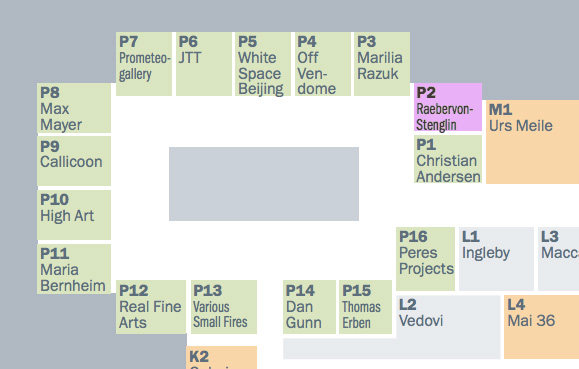Positions with Dane Mitchell
Booth P2
Art Basel Miami Beach online catalogue
Art|Basel Miami Beach
Miami Beach
01.12.16 – 04.12.16
The newly produced, and never before exhibited series of objects presented at Positions, Art Basel Miami Beach represents a further development in Dane Mitchell’s practice. The series of works will each make use of a scent (and scent delivery device) used by outdoorsmen, hunters and trappers to disguise scent — to limit presence and effect in order to hunt and trap prey. These products were developed for the hunting industry with the intention of cloaking the human, masking physical presence and disavowing the body. Dane Mitchell makes use of these specific scent-products and their mechanism of delivery (automated aerosol spray at regular intervals), in a series of new sculptural works.
Typically housed in receptacles, these aerosol units operate on timers and are typically strapped around tree trunks, allowing for the hunter to stalk prey undetected. Dane Mitchell inverts this by bringing these devices indoors, and using their built-in strapping device, he faces them inwards rather than outwards, to hold full-size sheet brass in cylindrical forms, whereby the deodoriser is sprayed (leaving a mark) on the cylinder’s interior.
The sheet metal cylinders are brass (an alloy); brass is employed in much of Dane Mitchell’s sculptural practice — for him it operates as a representation (and presentation) of traditional sculptural material in raw-form, (un-changed from an industrial supplier). Being an alloy, it is formed under duress — through the collision and transformation of elemental metals (copper and zinc) at extreme temperatures. These raw materials are then strapped together using the scent-delivery device in a primary and fundamental way to suggest something akin to a conventional sculptural form.
In this new project for Positions, Dane Mitchell proposes to present three floor-based works that emit aerosol scents designed to conceal, hide and deny the human. In this denial, these scents (or non-scents as they are wont to be) re-conceive the human through refutation — attempting to negate (human) physicality whilst reaching across a divide and seeking trans-species miscommunication through camouflage. These devices by their own practical design are post-human, and in these sculptural configurations of Dane Mitchell’s, they are presented back at us.
Each of these works will sit directly on the floor — each brass sheet ‘cylinder’, measuring approximately 1400mm height x 700mm dia, will be held in shape by the scent emission device, which is timed to release its non-scent every few minutes.
Broadly speaking, Dane Mitchell’s practice explores ephemeral phenomena on the threshold of perceptibility. In particular the work investigates a form of ‘plastic invisibility’, exploring territories of transformation between physical states, and seeks to frame, invoke or reify material and sensory qualities that are marginal, unstable, dynamic or transitional.
Through art making his work considers how we might encounter or intuit such states or qualities. Much of Mitchell’s work is concerned with producing a tension between the seen and the unseen — both through suggested forces and experimental demonstrability. The method proposed for Positions, Art Basel Miami Beach incorporates and references aspects of materialism and scent-as-sculptural-tool — and elaborates connections between these possibilities and their potential as sculptural material.
In his work there is a sense that transmitted material qualities are mixed up. This occurs through the kneading together of two perspectives. The first is ‘what we feel we know’ through empirical evidence (this includes the sphere of particles, forces, thermodynamics), which illuminates the agency of the material qualities of the work. The second is an activation of ‘what we can’t know’ through employing that which is philosophically and epistemologically problematic. Importantly, in the merging of ‘what we feel we know’ and ‘what we can’t know’, a space is opened up within and between the perspectives, which continues to expose more questions through the new work proposed for Positions. In this way transmitted material qualities become extended and difficult to pin down in the work. This extension and difficulty is central to the way the proposed work operates.
The efficacy of scent as a material in Dane Mitchell’s work is bound up in its interesting multifarious properties and for its ability to open up a development in sculptural practice (Mitchell has been exploring the realm of scent in his practice for more than eight years). Smell reaches beyond the capability of our other senses, perhaps even assuming a position closest to what we term ‘the sixth sense’ — the sense of intuitive awareness, or one’s gut feeling. Smell can be revelatory of places, circumstances and objects alike, and not in ways we necessarily understand or control. Memory and smell have a distinctive bond, olfactory processing and long-term memory both being situated in the limbic system of the brain, which also supports behaviour and emotion — we can all attest to the incredible force with which a scent can take us involuntarily into the past.













